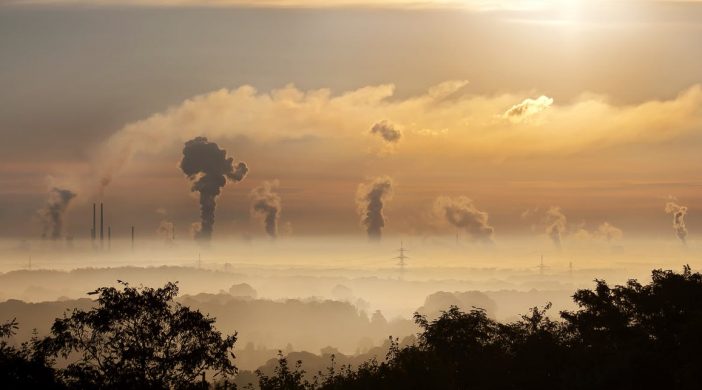
-
Formaldehyde
Most people think that formaldehyde is a fluid. In reality, at room temperature, it is a gas. It has wide commercial use and manufacturers produce a number of things where it is present, including leather goods, papers, home insulation materials, plywood, and even certain vaccines. Exposure to formaldehyde can lead to nausea, throat irritation, and fatigue. Formaldehyde has a very distinct odor to it. If you work in a facility where formaldehyde is used a lot, ask for a respirator.
-
Benzene
Similarly to formaldehyde, benzene has a very wide array of commercial applications in several industries. This chemical compound is a byproduct of burning oil, coal, and gas. Manufacturers use it to make plastic products, rubber, inks, and vaccines. Benzene can lead to eye irritation, dizziness, and headaches. Short-term exposure to high levels of benzene can also cause severe headaches and even unconsciousness.
-
Carbon monoxide
Most of the carbon monoxide emissions come from car engines. When you breathe in this gas, it attaches to your cells just like oxygen would do. Carbon monoxide can lead to brain damage and death. To protect yourself from it, make sure that there are no issues with your home heating system and that you stay away from automobile exhausts.
-
Ozone
When thinking about ozone, most people think about the ozone layer that surrounds our planet. However, ozone is also present in the lower levels of the atmosphere and is a toxin. Ozone can significantly damage the lungs. It can lead to chest pains, coughs, and shortness of breath. If you live in a large metro area, look for public announcements about ozone and stay inside when the government issues ozone alerts.
-
Lead
Lead is a very widely spread airborne toxin. Most people think that it is paint that contains lead, but the particles of lead can be found in the air also because of waste incinerators and smelters. If you live close to such facilities, make sure that you get regularly tested for lead levels in your body.
-
Nitrogen dioxide
This gas is present in car exhausts. It can increase the harmful effects of asthma and lung conditions. The only thing you can really do to protect yourself from this toxin is stay away from major roadways.
-
Sulfur dioxide
This chemical easily dissolves in water and forms a harmful acid. All kinds of industrial facilities release this chemical into the environment. One of the reasons for acid rain is the presence of sulfur dioxide in the environment and its dissolution in water.
-
Acrolein
This toxin is mostly used as a pesticide and is not as well-known as other toxins. It can be especially harmful to your mucus membranes and respiratory system.
-
Manganese
Manganese is one of the substances essential for good health, yet it can become toxic when it reaches certain amounts. The symptoms of a manganese poisoning are very similar to the symptoms of Parkinson’s disease. They include difficulty walking, tremors, and spasms of certain muscles. Welding is one of the primary causes of manganese poisonings.
-
Mercury
One of the most common ways for mercury particles to get into the air is through the dentist’s office. Airborne mercury is a byproduct of a dentist doing anything with amalgam fillings. 50% of these fillings are mercury. This means that dentists and dental staff are exposed to mercury much more than the rest of the population.


